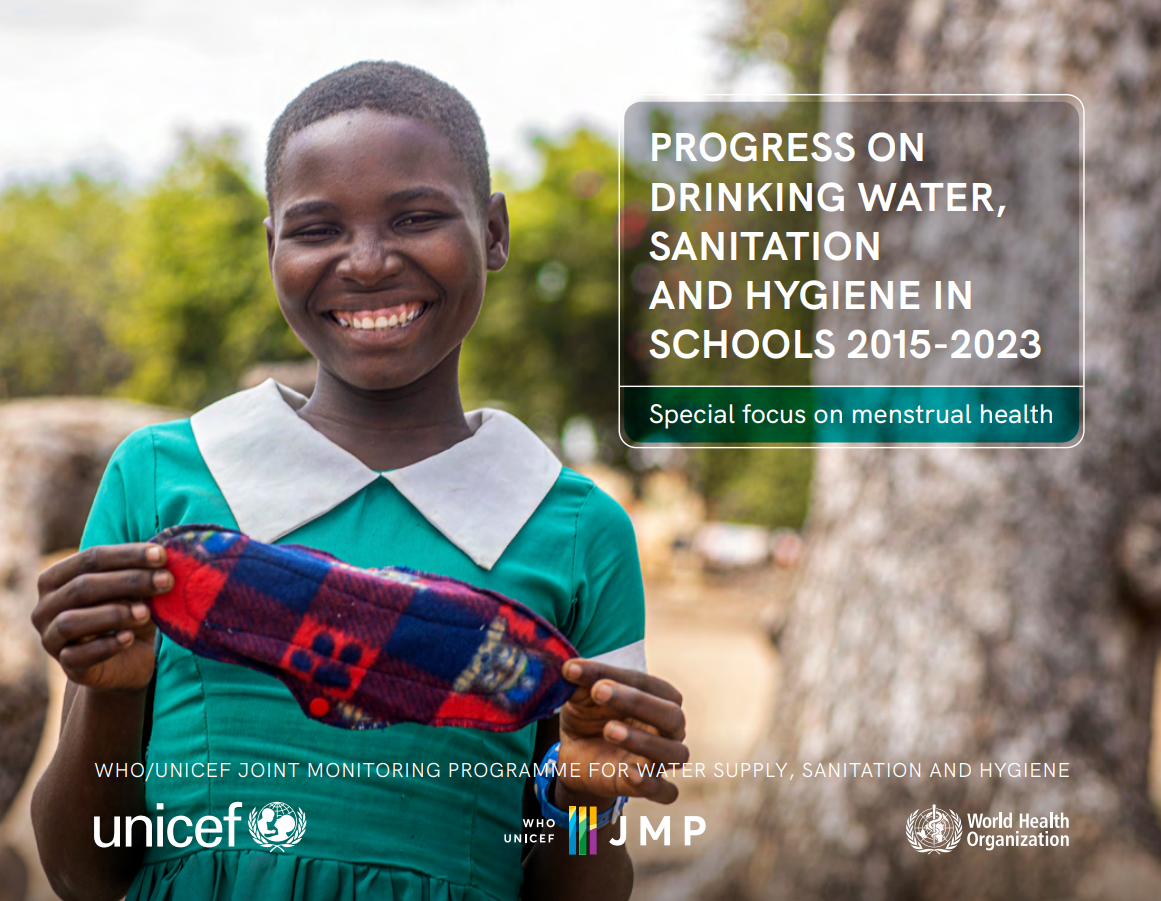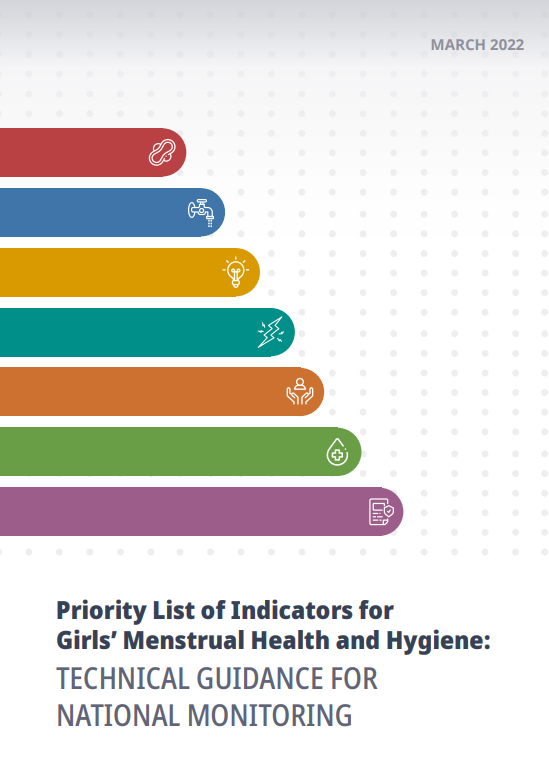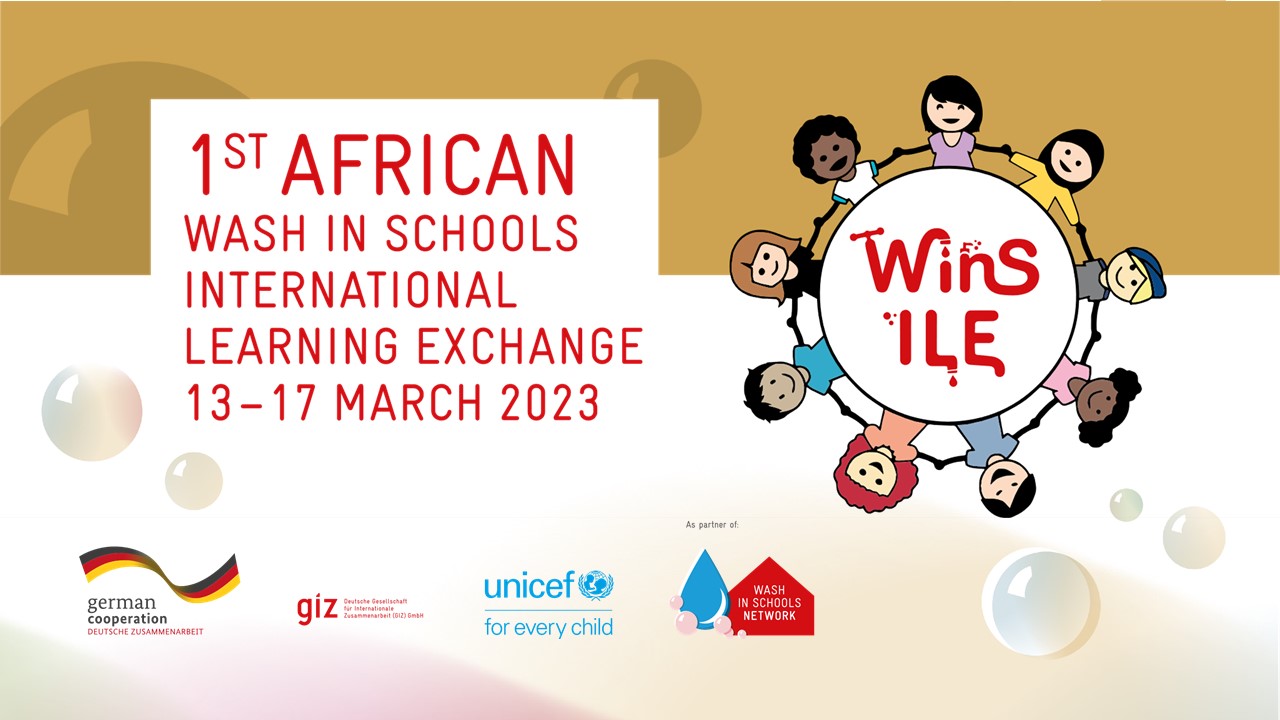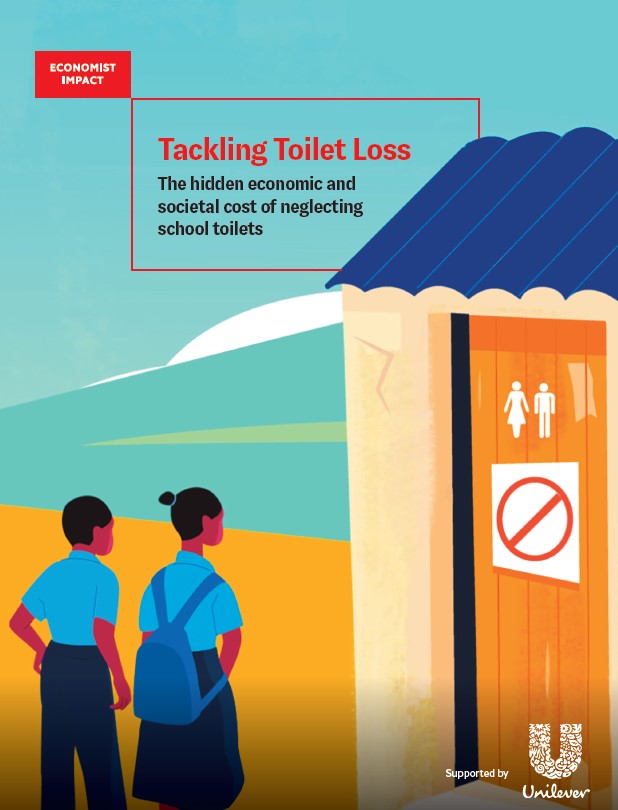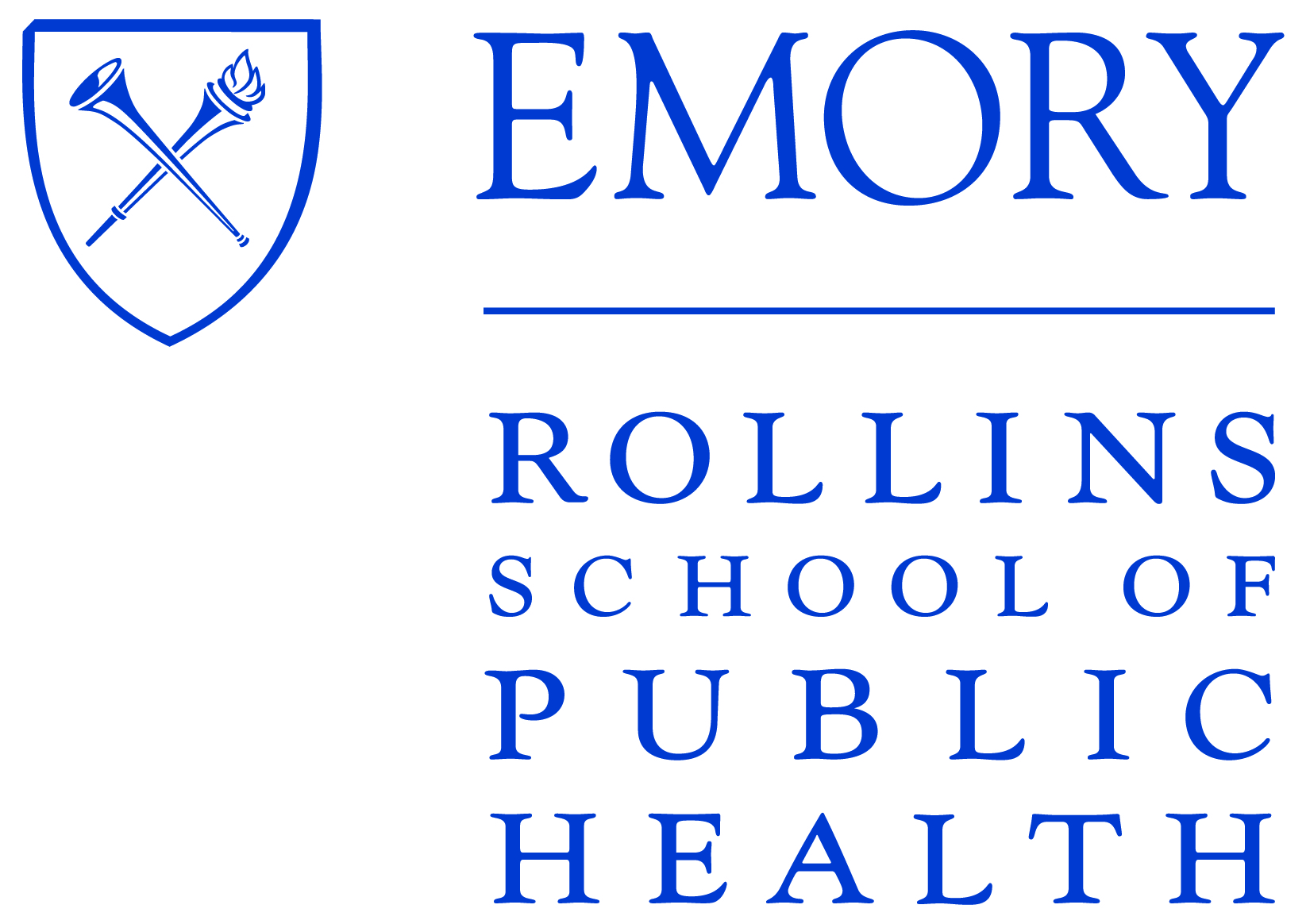Progress on drinking-water, sanitation and hygiene in schools: 2000 - 2021 data update
The World Health Organization (WHO) and the United Nations Children’s Fund (UNICEF) Joint Monitoring Programme for Water Supply, Sanitation and Hygiene (JMP) produces internationally comparable estimates of progress on drinking water, sanitation and hygiene (WASH) and is responsible for global monitoring of the Sustainable Development Goal (SDG) targets relate
The World Health Organization (WHO) and the United Nations Children’s Fund (UNICEF) Joint Monitoring Programme for Water Supply, Sanitation and Hygiene (JMP) produces internationally comparable estimates of progress on drinking water, sanitation and hygiene (WASH) and is responsible for global monitoring of the Sustainable Development Goal (SDG) targets related to WASH.
Six years into the SDG period, the world is not on track to achieve universal access (>99%) to basic WASH in schools by 2030. Achieving universal coverage requires a 14x increase in current rates of progress on basic drinking water, a 3x increase in progress on basic sanitation, and a 5x increase in progress on basic hygiene services. If current progress continues, one in four schools will still lack basic drinking water, one in five will lack basic sanitation, and one in three will lack basic hygiene services in 2030. While there has been a steady reduction in schools with no services at all, further acceleration is required to ensure that all schools have at least limited drinking water and hygiene services by 2030. At current rates of progress, one in seven schools will still have no hygiene services and one in nine will have no drinking water services in 2030.
Providing disability-accessible WASH services in schools is key to achieving inclusive learning for all children. Still, only a limited number of countries report on this indicator and national definitions vary, and far fewer provide disability-accessible WASH.
